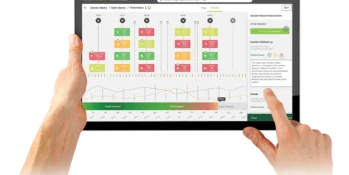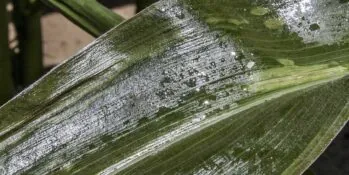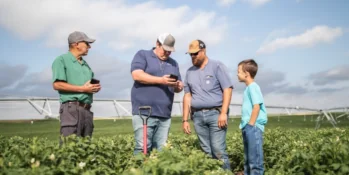


The off-season is more than just a break from the busy growing season—it’s the perfect time to analyze the past year and set a strategy for the one ahead.

At the July TechHub Live event, Jason Minton, Taranis’ Chief Commercial Officer, shared a glimpse of what the ag retail industry has to look forward to, calling the evolution “Ag Retail 2.0”.

Here are the top five ways AI, and particularly Ag Assistant, is reshaping the future of agriculture.

AI-powered crop intelligence transforms data into information that can be used to develop management plans for the growing season – the transition turns extensive datasets into extensive opportunities…for retailer-farmer communication, for next season’s management strategy and long-term profitability.

If you've ever spent a summer day in the Midwest, you’ve likely experienced the muggy, oppressive humidity that seems to hang in the air. But did you know that some of that moisture might actually be coming from the cornfields surrounding you?

With farms scattered across Colorado, New Mexico, Wyoming and Nebraska, Silver Spur Farms understands the need for efficiency across every facet of the operation. The company is seeing the benefits of Taranis technology.